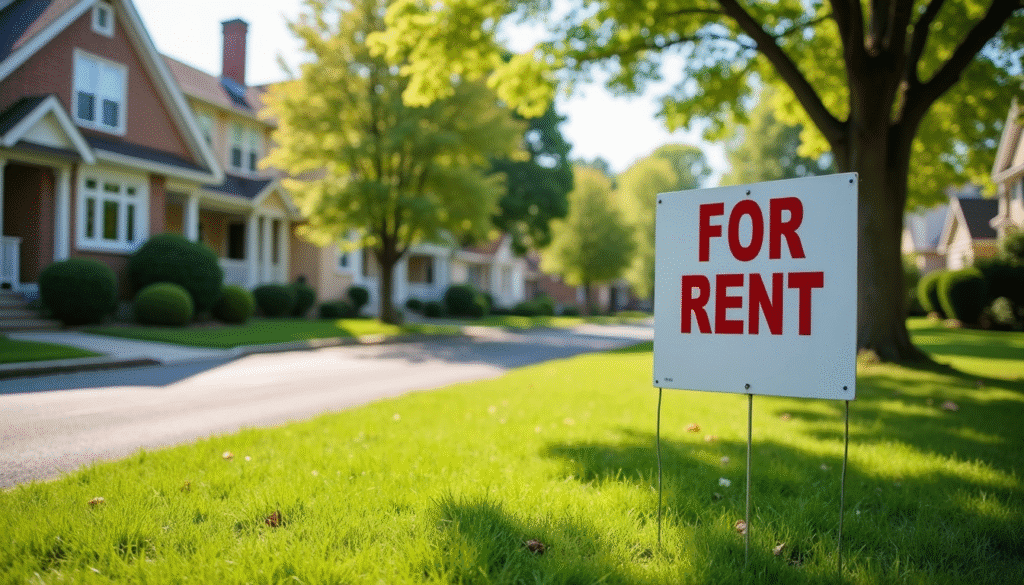Renting out property in New Jersey can be a lucrative venture, but ensuring tenant satisfaction is crucial for long-term success. One effective way to set the tone for a positive landlord-tenant relationship is by creating a comprehensive tenant welcome package. This package not only makes your new tenants feel welcome but also provides them with essential information to help them settle in comfortably. Here’s a step-by-step guide on how to create an effective tenant welcome package for your New Jersey rentals.
Understanding the Importance of a Tenant Welcome Package
A tenant welcome package serves multiple purposes:
- First Impressions: It helps in making a great first impression, showing tenants that you are organized, considerate, and professional.
- Information Resource: It provides essential information about the property and the local area, reducing the number of queries from new tenants.
- Rules and Guidelines: It clearly communicates your expectations and property rules, which can prevent misunderstandings and disputes in the future.
Key Elements of a Tenant Welcome Package
- Welcome Letter
- Personalized Greeting: Begin with a personalized welcome letter. Address the tenant by name and express your excitement about them moving in.
- Contact Information: Include your contact information and that of any property managers or maintenance personnel.
- Important Dates: Mention important dates such as rent due dates and any upcoming maintenance schedules.
- Lease Agreement and Addendums
- Copy of the Lease: Provide a copy of the signed lease agreement for their records.
- Additional Documents: Include any addendums or amendments to the lease that might be relevant.
- Property Information
- Property Guide: Create a detailed property guide that includes:
- Emergency Procedures: What to do in case of fire, flood, or other emergencies.
- Maintenance Requests: How to submit maintenance requests.
- Trash and Recycling: Schedule and guidelines for trash and recycling.
- Parking Information: Rules and designated parking areas.
- Property Guide: Create a detailed property guide that includes:
- Local Area Guide
- Neighborhood Overview: Provide a brief overview of the neighborhood, highlighting key points of interest.
- Essential Services: List nearby essential services such as hospitals, police stations, and grocery stores.
- Public Transportation: Information on the nearest public transportation options.
- Utility Information
- Utility Contacts: Provide contact information for local utility companies.
- Setup Instructions: Include instructions on setting up utilities like electricity, gas, water, and internet.
- House Rules and Guidelines
- Rules and Policies: Clearly outline the house rules, including noise policies, pet policies, and guidelines for shared spaces.
- Consequences of Violations: Detail the consequences of violating the rules to avoid future disputes.
- Emergency Contacts
- Emergency Numbers: List important emergency contact numbers including police, fire department, and local hospitals.
- Property Contacts: Include after-hours contact information for emergencies related to the property.
- Maintenance Tips
- Preventative Maintenance: Provide tips on how tenants can help maintain the property, such as avoiding drain clogs and maintaining appliances.
- Reporting Issues: Encourage tenants to report maintenance issues promptly to prevent further damage.
- Move-In Checklist
- Condition Report: Include a move-in checklist for tenants to note the condition of the property upon arrival. This helps in avoiding disputes over damages when they move out.
- Acknowledgment Form: A form for tenants to acknowledge receipt of keys, remotes, and the welcome package contents.
Personalizing the Package
While the above elements are essential, adding a personal touch can enhance the experience:
- Local Treats: Include a small welcome gift such as local snacks, a gift card to a nearby café, or a bottle of wine.
- Personal Note: Handwrite a personal note wishing them well in their new home.
Digital vs. Physical Packages
Decide whether to provide a digital or physical welcome package:
- Digital Package: Easier to update and distribute. Can include interactive elements such as links to online resources.
- Physical Package: Provides a tangible welcome gift that can make a strong positive impression.






